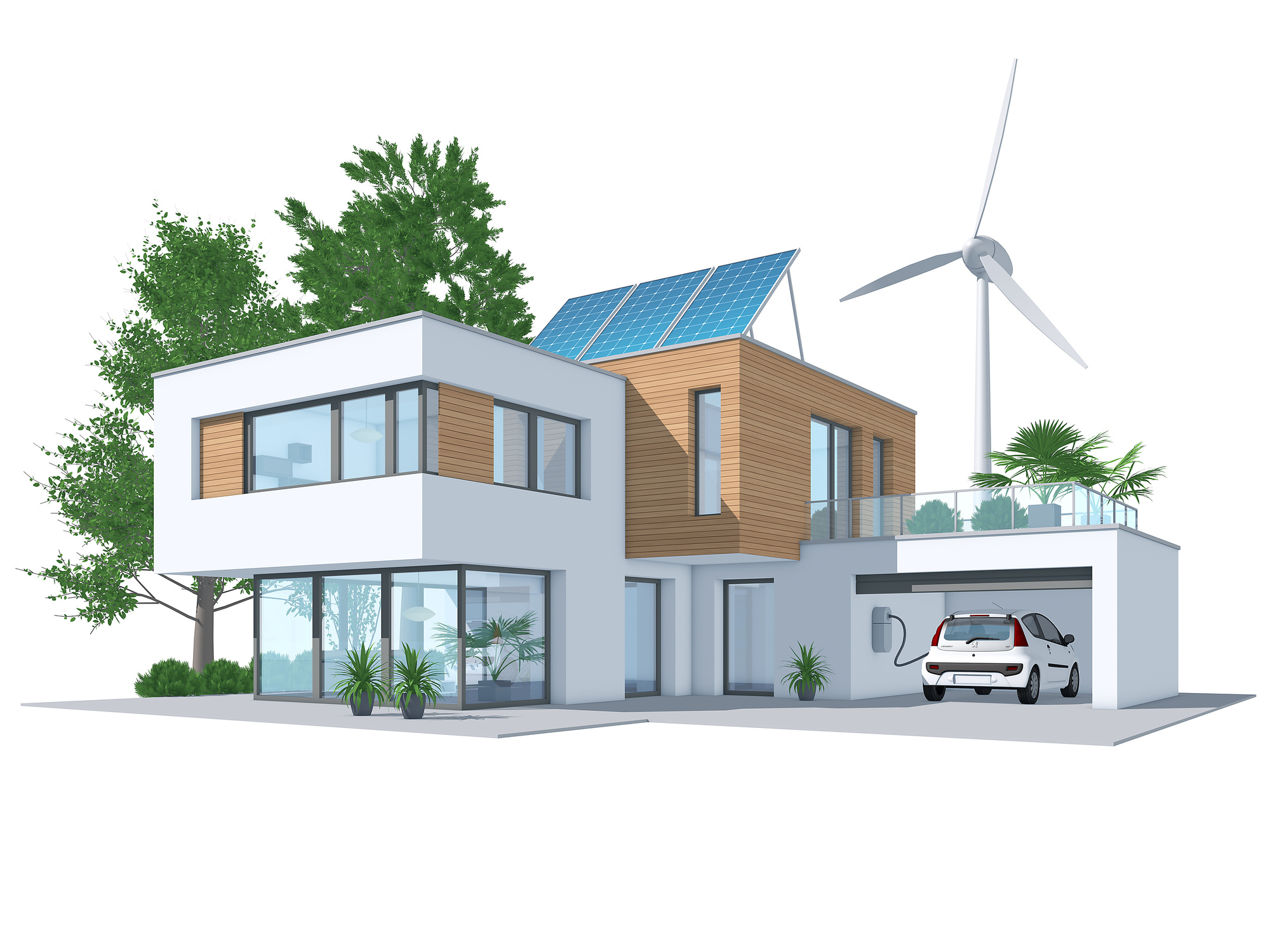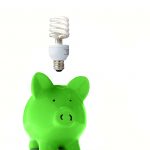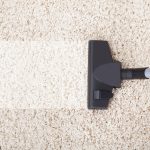15 Tips for Having a More Eco-Friendly Home
Our homes use a tremendous amount of energy each day. Homes and commercial buildings consume 40% of all the energy used in the US. Not only are our homes consuming a great deal of energy, they also pollute the environment with fertilizers, pesticides, paint, trash, animal waste, and automobile fluids.
Creating an eco-friendly home can reduce your carbon footprint while also saving you money on your utility bills.
Keep reading for 15 ways you can make your home eco-friendly, including things you can do today and things to work for in the future.
How to Create An Eco-Friendly Home
Making your home more eco-friendly doesn’t have to break the bank or even be very time-consuming. There are large scale changes you can make, but there are also plenty of small ways you can go green at home.
In the Living Room
These suggestions are for the living room, but can definitely apply in other rooms of your home as well.
1. Replace Light Bulbs
Replacing incandescent light bulbs in lamps and other lighting fixtures with Compact Fluorescent Light bulbs (CFL) can reduce greenhouse gas emissions by 400 pounds per light bulb. Not only that, CFL bulbs last much longer, saving you money by not having to replace them often.
2. Open the Blinds In Winter, Close Them in the Summer
Open the blinds to let in the sun when it is cold out. You are heating your home and reducing energy costs by allowing the sun to warm your home. When it’s hot out and you’re running the air conditioner, close the blinds to keep it cool.
3. Invest in a Programmable Thermostat
A programmable thermostat can adjust the temperature based on the time of day and whether you and your family are home. When everyone is off to work or school, program the thermostat to lower the temperature in the winter or increase the temperature in the summer. You can set it to heat or cool the house shortly before everyone arrives home in the evening.
You can also program it to adjust once everyone goes to bed. By doing this, you can save yourself some money. Studies have found that programmable thermostats can save you anywhere between 10 and 20% on your energy bills!
4. Use Rugs on Hardwood Floors
Using rugs on hardwood or other non-carpeted floors can also save you money on your energy bills, as they can help keep your home warm.
In the Kitchen
Many people think of the kitchen when talking about how to become eco-friendly. There are lots of small changes that you can make in your kitchen to create a green home.
5. Unplug Appliances
Obviously, you can’t unplug your refrigerator and freezer. You might not be able to unplug your oven either, but you can unplug things like your coffee pot, toaster, or other counter top appliances. Plug them in when you need them and unplug them when you’re done.
You should also make sure any appliances you purchase are Energy Star Qualified. Small changes like this add up to big saving on your energy bills.
6. Compost Kitchen Scraps
Composting sounds like a lot of work and if you’re squeamish, it might not be for you. It’s actually pretty easy, once you get the hang of it.
Composting is important because it adds nutrients and organic matter back into the soil. This improves growing and allows us to rely less on fertilizers. Composting also improves the water retention capacity of soil so you don’t have to water as often.
To get started with composting, set up an area or get a composting bin for your compost. Add things like coffee grounds, fruits and vegetables, nutshells, teabags, leaves, wood chips, and even small pieces of cardboard. Once the compost is complete, usually after a few weeks, spread it in your garden, use it in houseplants or outdoor potted plants, or use it on your lawn.
7. Be Smarter About Your Dishwasher
Contrary to what most people believe, you don’t need to (and shouldn’t) pre-rinse your dishes before putting them in the dishwasher. They won’t get any cleaner if you pre-rinse them. You are also wasting water by rinsing them at the sink before they get washed.
Make sure you always run a full load and let the dishes air dry rather than using the heated dry feature on your dishwasher.
In the Bedroom
Use some of the above suggestions in the bedroom too. Open and close the blinds or curtains, change the light bulbs, and use rugs if you have wood floors. A couple of other unique suggestions for being more eco friendly in the bedroom include:
8. Buy No- or Low-VOC Products
Smells from new products aren’t a good thing. Rather, those smells are the chemicals that are being off-gassed from your products.
Buying no- or low-VOC items, like paint, furniture, carpet, building materials, and cleaning products reduce your exposure volatile organic compounds (VOCs). VOCs can irritate your eyes and respiratory system and also impact your central nervous system.
These products do cost a little more, but will help to reduce air pollution in your home and keep you healthy.
9. Sleep on Organic Sheets
One-quarter of the world’s cotton pesticide use is on linens. If you switch to organic cotton sheets or sustainable bamboo sheets, you are reducing your exposure to these pesticides.
10. Buy Organic and Non-Toxic Mattresses
Buying a new mattress that is organic and un-treated with synthetic chemicals and toxic materials prevents off-gassing in your bedroom. Organic mattresses can also help allergy sufferers.
In the Bathroom
Most of the water we use in the course of our day is in the bathroom. Use these tricks to cut back on some of that, saving you money and conserving water.
11. Install a Low-Flow Toilet
Low flow toilets use less water than traditional toilets when they flush. This can save a tremendous amount of water. You can also install a flusher that allows you to choose how much water you need based on the type of waste flushed.
12. Turn Off The Water
Turn off the water when you brush your teeth. You can also save money and water by rinsing your razor in a cup of warm water while you shave, rather than leaving the tap running to rinse it.
13. Use Vinegar or Green Products to Clean
Using vinegar or other green products to clean your home isn’t limited to the bathroom. There are countless recipes for all natural cleaning products made with items you likely have in your pantry already.
Or, you can hire an eco-friendly cleaning company to do your dirty work. Green Maids is a member of the Green Business Bureau and uses green and sustainable practices while cleaning your home.
In the Laundry Room
Like the bathroom, you use a lot of water in the laundry room to wash your clothes. Many newer washers have load sensing technology, which detects the size of the load and adjusts the amount of water used. A few other ways to go green in the laundry room include:
14. Wash in Cold Water
Washing in cold water saves energy because you are not using your hot water heater to heat the water. Many fabrics also hold up better when washed in cold water, so the benefits are two-fold.
15. Use Dryer Balls
Dryer balls are often made of wool and can help clothes dry quicker and can also help soften clothes in the dryer.
Dryer balls (you can buy sets of different sizes) bounce around the dryer, getting between the layers of fabric so that the air can circulate.
They can also soften clothes, reducing your need to purchase fabric softener. If you love the smell of fabric softener, you can even throw some essential oils on the dryer balls to give your clothes a fresh clean scent if your choice.
And here is one last bonus suggestion for making your laundry room eco-friendly:
16. Hang Dry Your Clothes
Whether you get a drying rack for inside your laundry room or go old school with a clothesline, hang drying your clothes saves energy. It also saves you money and helps extend the life of the clothing and reduces shrinking.
The Bottom Line
We only have one planet and it’s on us to do what we can to become more sustainable and eco-friendly. Most of these suggestions require little effort and cost nothing (or very little).
What will you commit to in an effort to create a more eco-friendly home? Remember that small changes make a big impact, so choose a starting point today and work towards creating a sustainable and green home. If you want some help making your office eco-friendly, check out our work life blog for more info!



